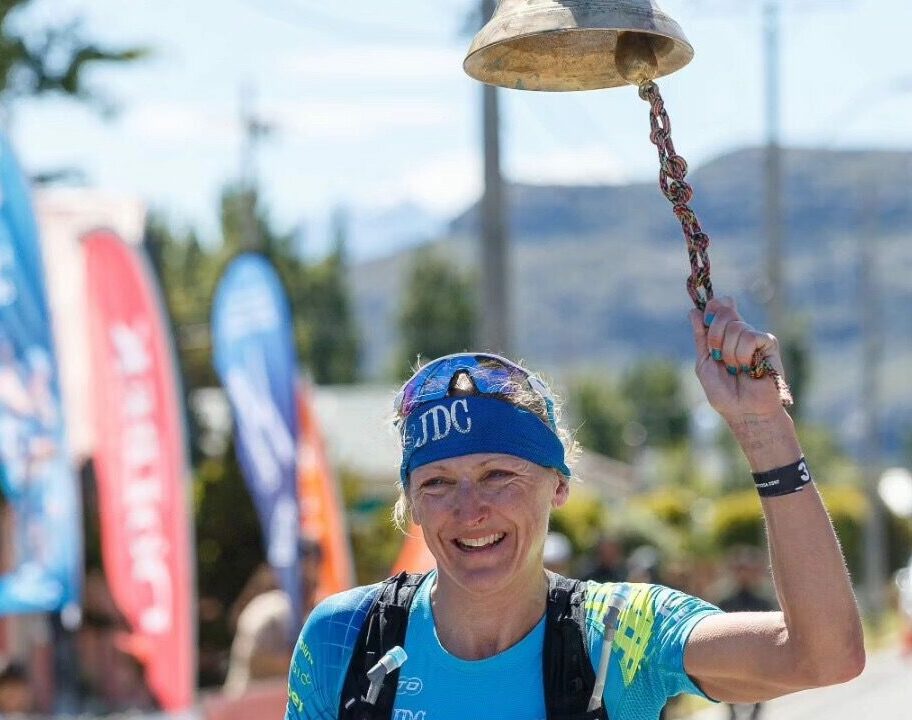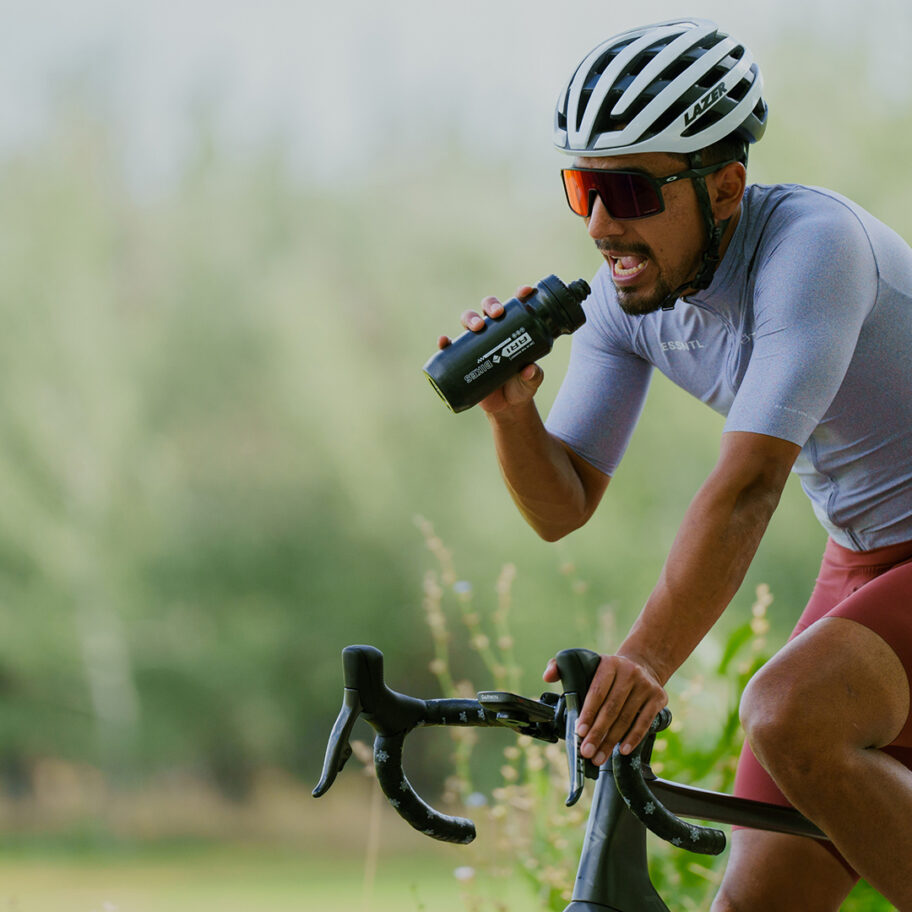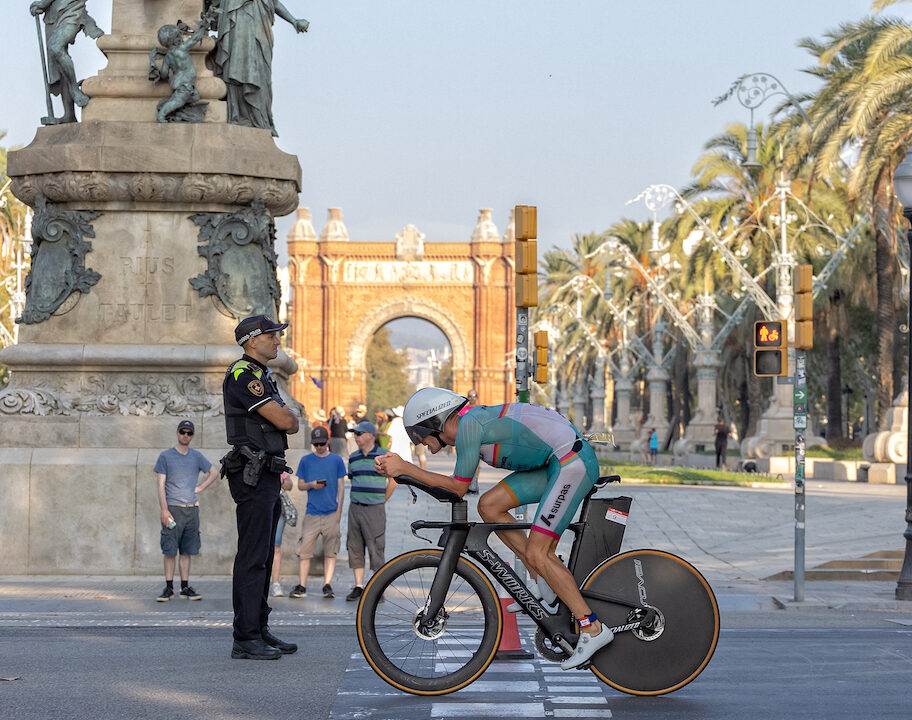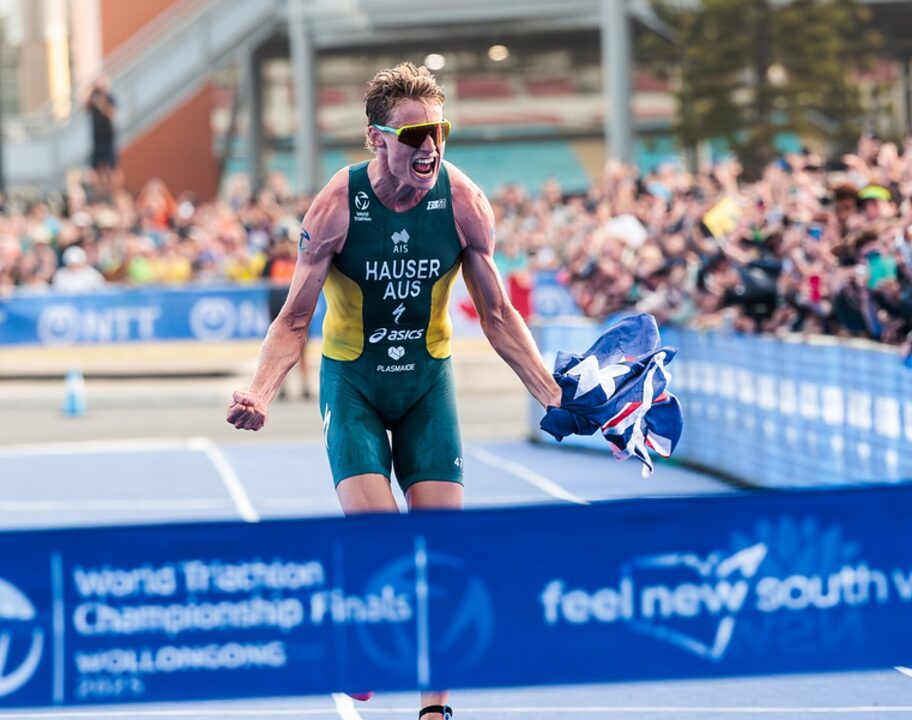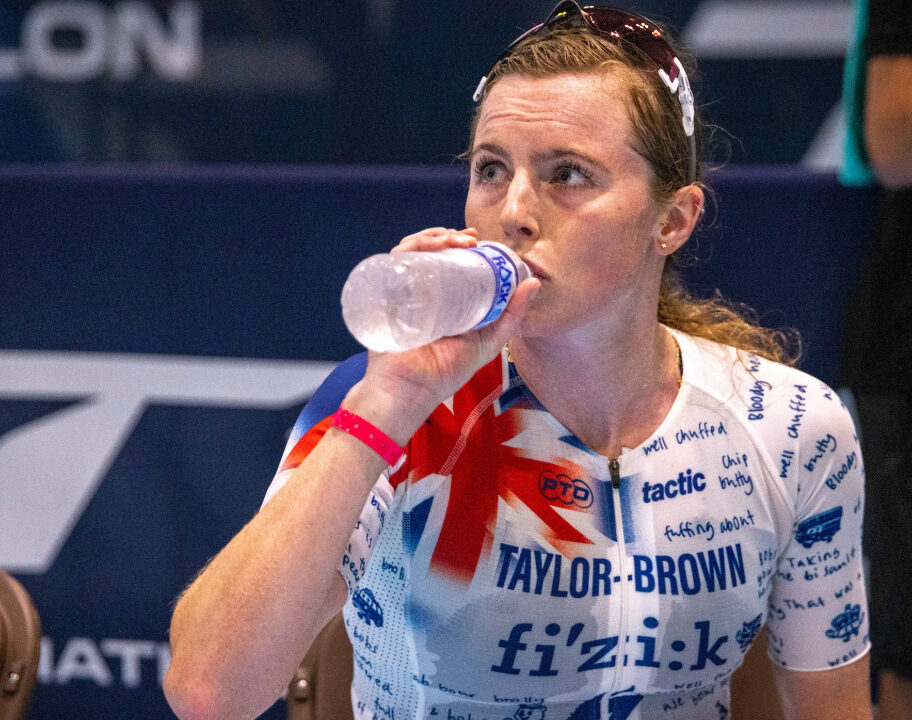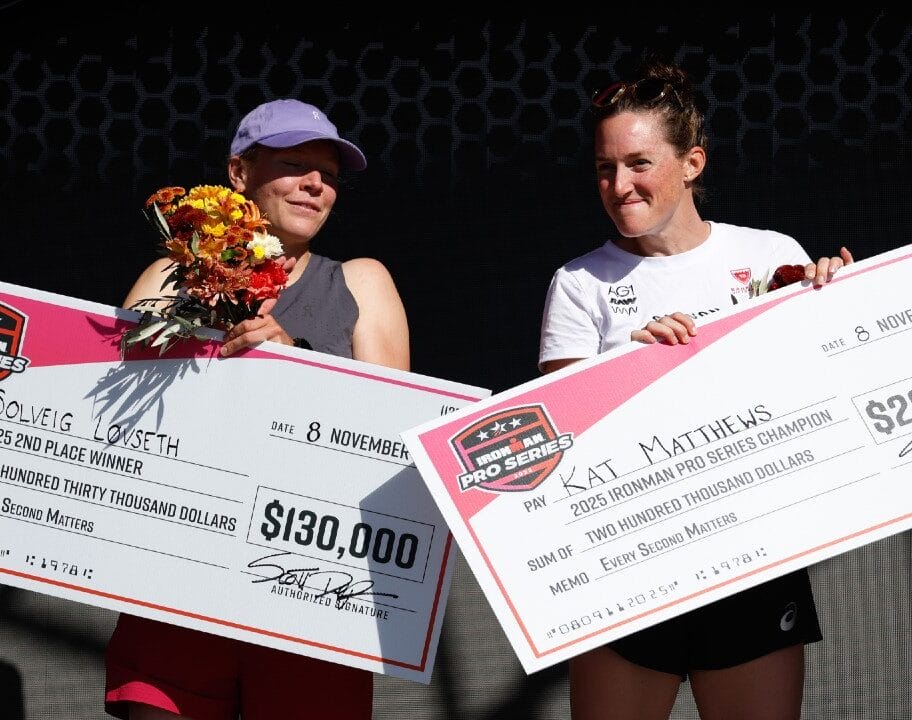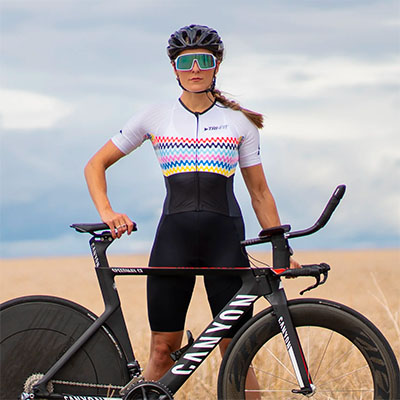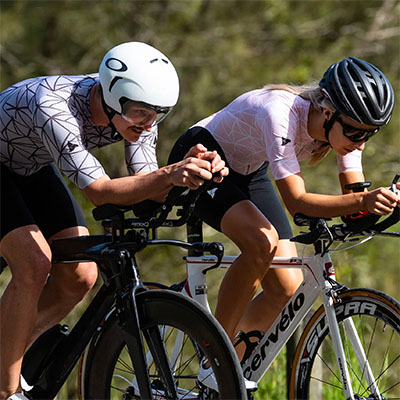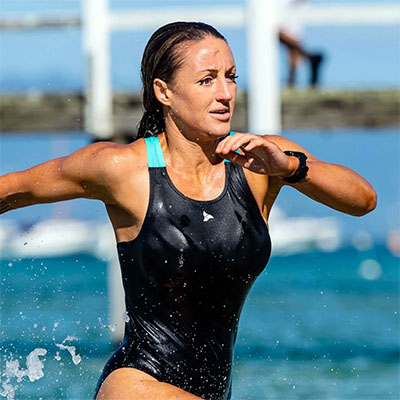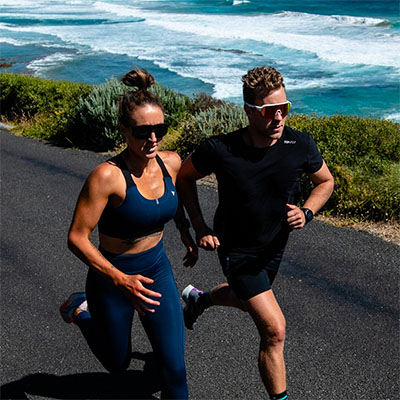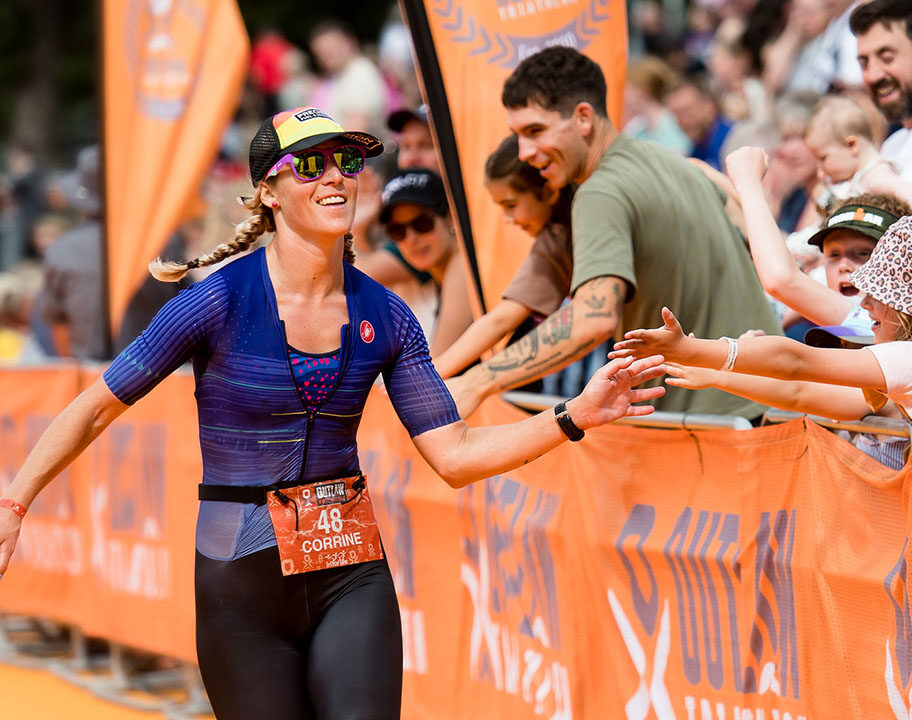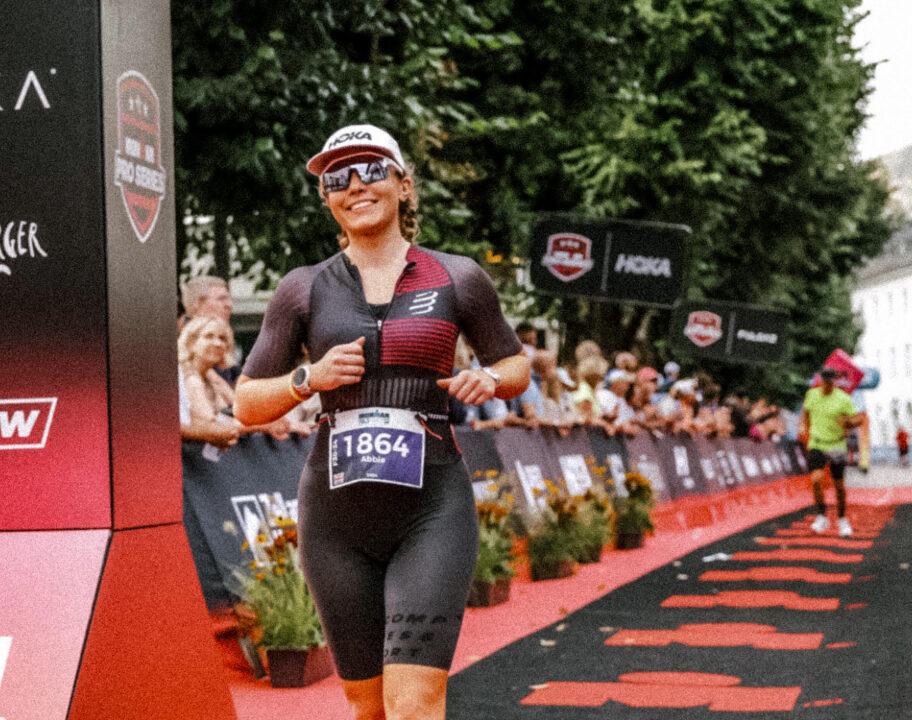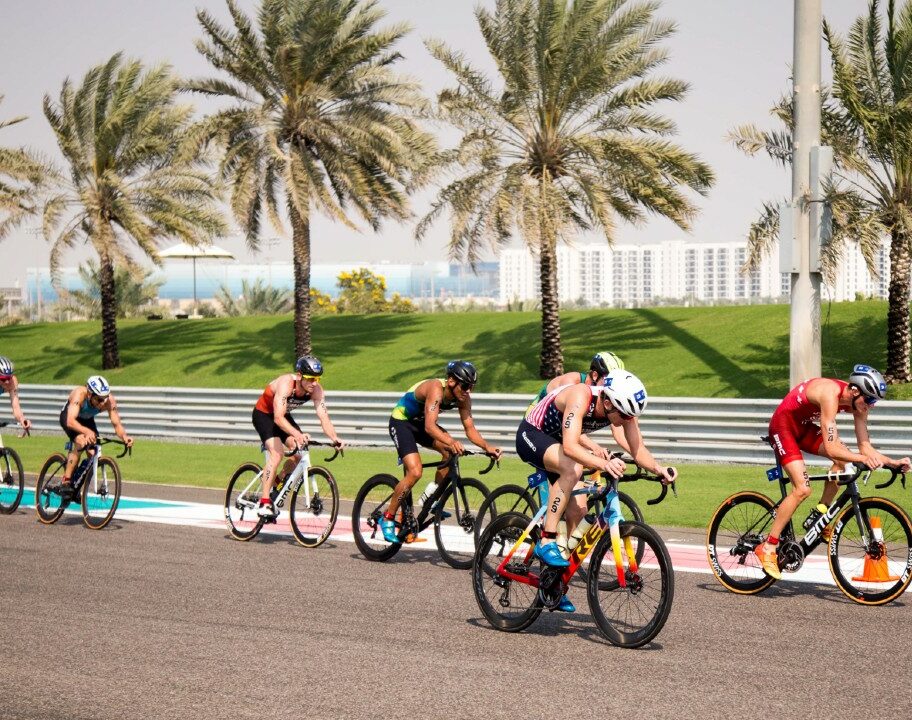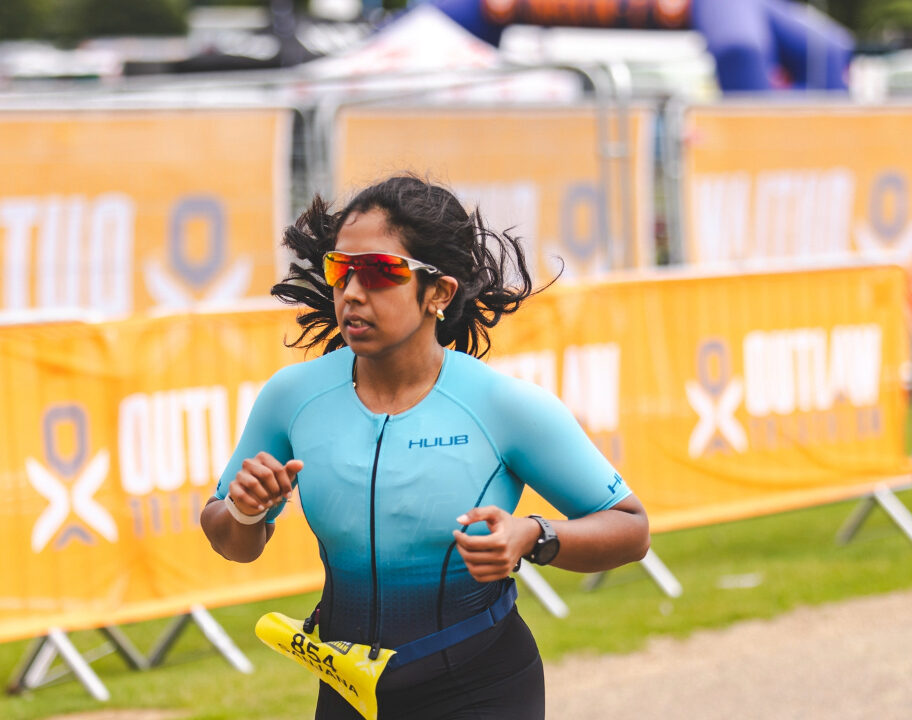If you’ve hit a plateau in your running, or you’ve had some repetitive niggles and injuries, improving your run form could be the key to being able to run faster, further and train with greater consistency. Aerobic fitness and muscular endurance can get you so far, but working on your form can help you to become more efficient – and address any imbalances that might be causing issues.
We take a look at what some of the running form metrics mean, and how running on the treadmill could help you to improve them.
Running cadence
Cadence is an important part of your run form, because it can have a knock-on effect on things like your stride length and where your foot strikes the ground relative to hips – both of which impact efficiency and injury risk.
When we talk about cadence, we’re talking about how quickly your moving from one foot to the other when you run – how fast your foot turnover is. We measure cadence in strides per minute (spm).
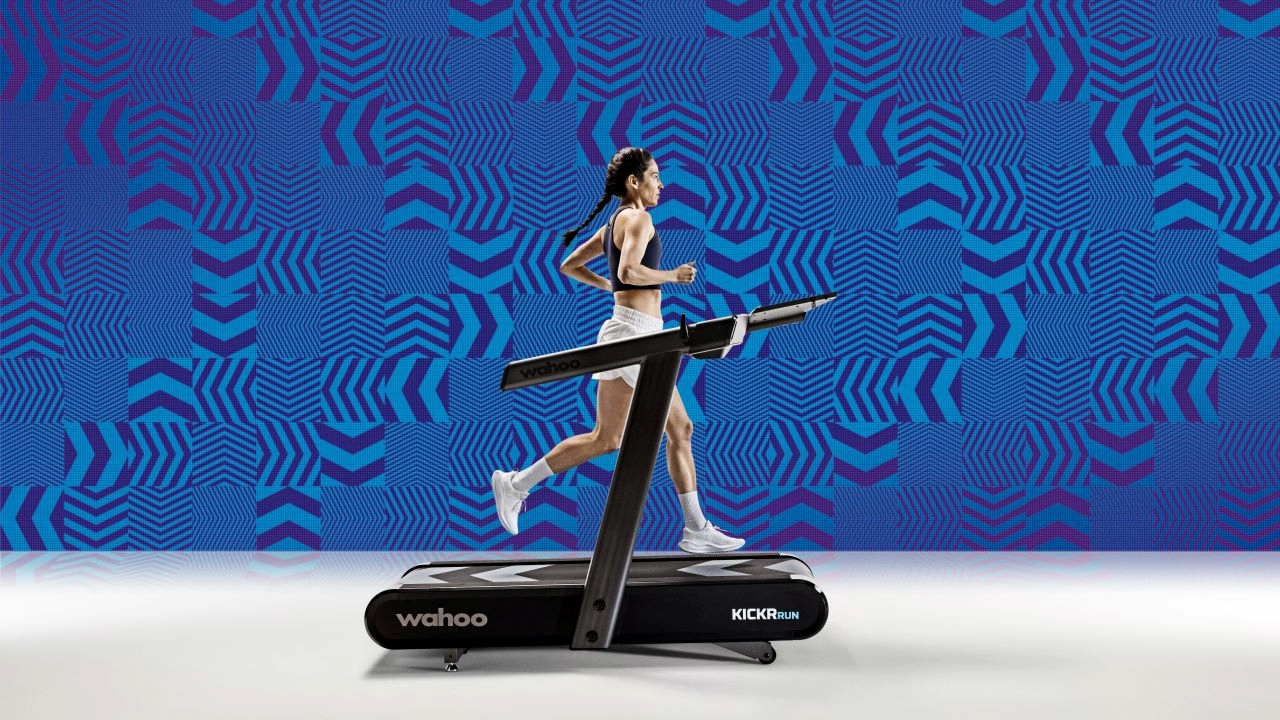
If you have a low cadence, it’s likely that you’ve got a longer stride. But if you’re over striding, you’ll be striking the ground hard with your heel – which puts the brakes on and sends a lot of impact up to your hip. And it’s also likely that you’re running with a more ‘bouncy’ form, meaning you’re bouncing up rather than propelling forward. Speeding up your cadence will help you to shorten your stride, unlocking extra speed and efficiency. It can also help to promote landing with your foot closer to your centre of gravity, which makes for a better distribution of impact and therefore a reduced injury risk.
How to measure your cadence
You can measure your running cadence the old fashioned way – running for 60s and counting how many times your feet hit the ground. But that’s slightly arduous and there’s a risk you’ll lose count pretty easily. The easier options are to use technology. Most running watches these day have the capability to calculate your cadence and will give you an average spm for each run. The new Wahoo KICKR RUN treadmill can also connect up with apps such as Wahoo, Zwift and Peloton to give you cadence data.
What’s the ideal running cadence?
There’s no such thing as one size fits all ideal running cadence, because it comes down to the individual. For example, taller runners with long limbs are naturally going to have a lower cadence, which won’t necessarily mean they’re over striding. Back in the day, 180spm used to be touted as the holy grail. But realistically it’s about finding the right cadence for you. On average, recreational runners are said to have a cadence somewhere between 150-180spm – with anything under 160spm typically indicating overstriding.
So how do you know if your cadence is working for you as it is, or if it you might want to consider picking up the tempo? This is where looking at another metric, ground contact time, can help – which we’ll dive into next.
Ground contact time in running – what does it mean and why does it matter?
As you may have gathered, ground contact time refers to the amount of time your foot is in contact with the ground during each run stride. The lower your ground contact time, the faster you’ll run – because you’re getting faster propulsion and forward motion. When your foot is in contact with the ground, you’re not moving forward. The quicker you push off again, the faster you’ll run.
For taller runners who might naturally have a ‘low’ sounding cadence, it’s worth looking at ground contact time in tandem. If you’re getting good propulsion and not spending too much time sinking into the ground – you might not need to worry about picking up your cadence.
If your ground contact time is high – the good news is that speeding up your cadence will naturally help you to improve your contact time.
Vertical oscillation
Finally let’s take a look at vertical oscillation. In running, we’re talking about how far up in the air you go with each run stride. If you’re bouncing upwards, your vertical oscillation will be high. Bouncy might sound good for running – but it can actually be slowing you down. Think about hopping, where the emphasis is placed on going up. You don’t travel that far forward, compared to if you were to leap or dart – with the same ‘jumping’ energy but travelling forward. Given that running is essentially about travelling forwards, faster. You don’t really want to be wasting energy hopping up and down.
If your vertical oscillation is high, try to think about darting forwards with every run stride rather than lifting up – you should find you can go faster for the same effort.
How to work on your running cadence, ground contact time and vertical oscillation
That might all sound fairly technical and complicated. But the good news is that the things you can do to work on your cadence, contact time and vertical oscillation are likely to be things you’re planning to do anyway to boost your speed and strength.
Incorporate speed work into your training
Speed work such as intervals, hill sprints and tempo runs will help you to improve your run form and build power into your stride. As you try to run faster, you’ll naturally find that your cadence picks up. During these speed sessions, instead of just trying to push harder – try to focus on forward propulsion, fast turn over and making shorter strides to promote optimal contact with the ground. One or two speed sessions a week will help to ingrain this better form into your running at all paces.
Consider doing your speed sessions on the treadmill. It’ll make it easier to focus on form, rather than trying to remember which turn you’re supposed to take out on the roads. And you can also set up mirrors so you can actually see how you’re running.
Don’t neglect your strength and conditioning
You can also take steps to improve your run form while leaving your run shoes at home. Strength work in the gym such as squats, deadlifts, split squats, lunges and dynamic planks. Along with plyometric work such as box jumps and hops, will help you to build the strength and power you need to run with good form. It’ll also help your body to become more resilient to injury – always a bonus.
Keep an eye on the data
Feeling like you’re making progress is one thing, but reviewing the data is a good way to make sure the work you’re doing is translating into improvements. Smart treadmills like the new Wahoo KICKR RUN can connect up with training apps like Wahoo, Zwift, Humango and Peloton to give you all the data you need to see how your cadence, contact time and vertical oscillation metrics are progressing – and to review any improvements in tandem with your pace and heart rate to make sure you’re getting more efficient.




